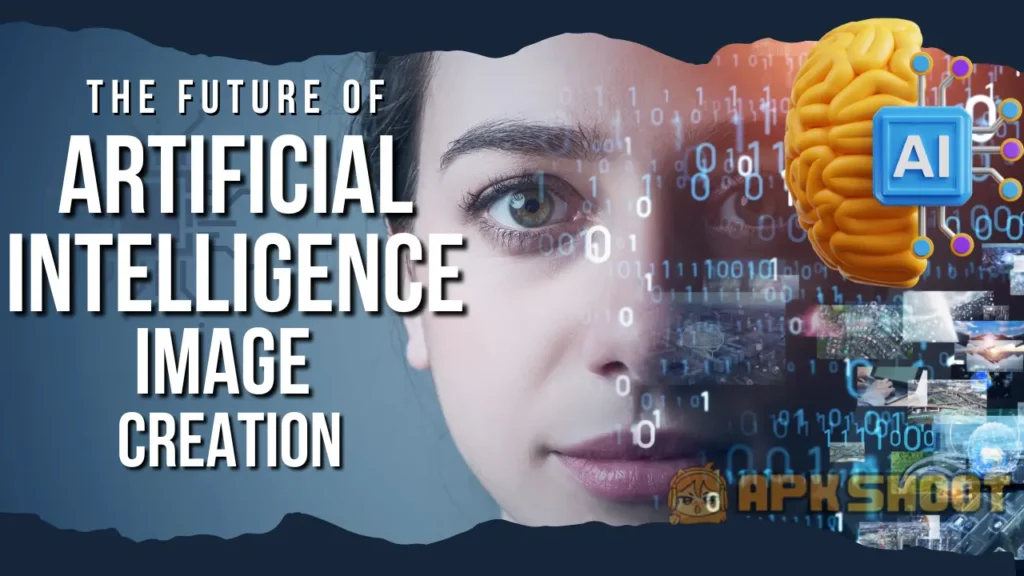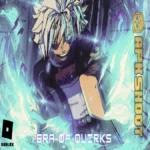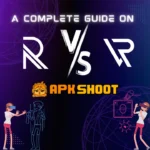The influence of artificial intelligence (AI) on many facets of our lives has been enormous. AI has emerged as a major changer in a variety of industries, from transforming corporations to redefining how people engage with technology. One area where AI has made significant progress is Ai Generated Images. In this blog article, APKShoot will look at how artificial intelligence is changing the way we create images. In addition to revolutionizing the creative process and opening up new doors for artists, designers, and photographers.

The Power of Ai Generated Images
benefits of Ai Art:
AI-powered algorithms can analyze massive volumes of data and create one-of-a-kind, aesthetically appealing artworks. These algorithms may learn patterns, styles, and procedures from previous works. Also, algorithms allow them to generate unique works that mirror the creative styles of famous artists or merge various styles to create something new. This AI power bridges the gap between vision and reality, allowing artists to explore new creative frontiers and push established art forms to their limits.
Automated Image Editing:
The days of careful manual editing to improve and beautify photographs are long gone. AI-powered picture editing tools can now automatically change colors, improve lighting, remove defects, and even replace backgrounds with a few clicks. This automation not only saves time but also provides exact and consistent outcomes. As well as removing the need for substantial human labor and allowing artists and photographers to concentrate more on their creative vision.
Enhancing Visual Effects:
Visual effects are critical in movies and entertainment for attracting viewers and creating immersive experiences. AI in art has transformed visual effects creation by enabling more accurate models, lifelike animations, and the smooth mixing of computer-generated imagery (CGI) with real-world video. The application of artificial intelligence algorithms improves the overall quality of visual effects, making them more complicated and aesthetically beautiful.

Intelligent Image Recognition:
The rapid growth of digital photography has made organizing and managing large collections of photos a demanding process. Image identification technology based on artificial intelligence has come to the rescue by automatically analyzing and categorizing photographs based on their content. AI algorithms can help photographers quickly search for specific photographs and organize their collections by recognizing objects, people, places, and even emotions inside images.
Automated Photo Editing:
AI has also revolutionized the field of automated picture editing, in addition to image identification. AI algorithms can learn the editing techniques employed by pros and apply them to raw photographs automatically by analyzing millions of professionally modified images. This method increases image quality, colour balance, sharpness, and overall visual appeal, making it easier for photographers to produce amazing results without lengthy manual editing.
AI-Assisted Composition:
Composition is an important part of photography because it determines how elements within a picture are organized to produce a visually appealing outcome. AI-powered composition tools may analyze a scene in real-time and provide ways for photographers to enhance their composition. AI aids photographers, even beginners, in taking the ideal image by directing the subject location and providing optimal angles and framing.
AI-Driven Graphic Design:
Designers use their imagination and artistic abilities to bring ideas to reality. AI has become a vital tool in designers’ hands, supporting them in numerous elements of the design process. AI-powered graphic design tools may produce logo concepts, bespoke typography, and design recommendations depending on user choices. This partnership between human designers and AI algorithms broadens creative possibilities, allowing designers to explore new design paths while also speeding up the design iteration process.

Intelligent Color Palettes:
Colour choice is an important part of the design because it affects the overall aesthetic and emotional effect of a visual composition. AI-powered technologies can analyze photos, identify main colours, and develop colour palettes that are harmonious with the design. AI supports designers in creating educated colour choices by taking into consideration colour theory principles and elements such as brand identity or target demographic, resulting in aesthetically appealing and powerful designs.
Generative Design:
Generative design is a game-changing use of artificial intelligence that allows designers to build complicated and novel design solutions. AI algorithms can produce countless design alternatives by establishing design restrictions and objectives, allowing them to explore a wide design space that would be hard to explore manually. This technique stimulates creativity by allowing designers to uncover unusual and unexpected design concepts that they may not have considered otherwise, so opening up new paths for innovation.
Bias and Representation:
AI systems are taught using massive datasets that may include inherent biases or reflect societal preconceptions. This raises problems regarding representation and inclusion in the context of image creation. Designers and developers must be aware of these prejudices and endeavour to train AI models to create pictures that promote justice, diversity, and cultural sensitivity. It is critical to guarantee that image-creation technologies powered by AI do not promote negative stereotypes or reinforce current social prejudices.
Human-AI Collaboration:
While AI algorithms may automate and simplify certain elements of the creative process, the human touch in art, design, and photography must be preserved. AI should be considered as a tool that enhances rather than replaces human ingenuity. Maintaining a healthy mix of AI help and human input ensures that the final product preserves the individuality, emotion, and artistic expression that only people can provide.
Will AI Take My Job?
Professional artists are increasingly concerned about the influence of artificial intelligence (AI) on their professions. AI technological developments have enabled it to create artwork with astounding precision. As a result, AI-generated art has swamped the market, causing human digital artists to lose potential clients. Because of its low cost, many businesses are increasingly opting to “hire” AI for design tasks. As a result, the market value of art has substantially fallen as people realize how easily AI can make artwork.
The fundamental strength of AI rests in its capacity to dramatically increase human productivity rather than completely replace people.
“When considering the main reasons for the development of new tools across history, we observe that improving the efficiency of work remains the primary driving factor.” The same is true for artificial intelligence, which allows us to function more effectively.”
Regardless of the period of product design, even in the age of artificial intelligence, the quality of ideas and the capacity to understand consumer issues and produce meaningful solutions remain critical.
Related Articles
- What is the Best Programming Language for Artificial Intelligence?
- Can AI Build Another AI? Exploring the Future of Artificial Intelligence
- A Comprehensive Guide to Support Vector Machine (SVM) Algorithm
FAQ
A: While AI has shown incredible picture-generation skills, it cannot replace the unique viewpoint and creativity that human artists bring to their work. AI should be viewed as a strong tool that supplements and enhances human creativity, not as a replacement for it.
A: The growth of AI-generated pictures has created ethical concerns about issues such as copyright infringement, visual content validity, and the possible exploitation of AI to create deceptive or malevolent visuals. These problems must be addressed by stringent laws and ethical principles.










